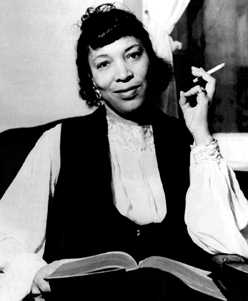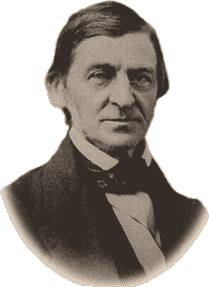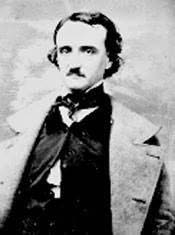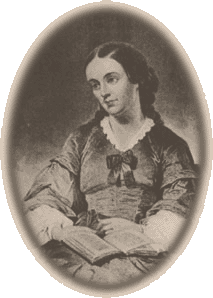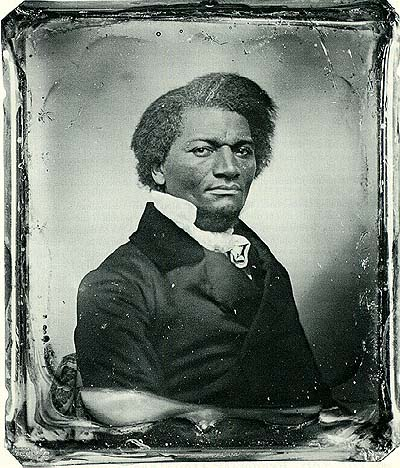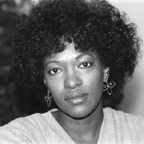
|
LITR 5535 American Romanticism |
This course has a new number, name, and website--please click & visit
LITR 5431 American Literature: Romanticism
Current schedule: Thursdays, 7-9:50pm, fall 2008
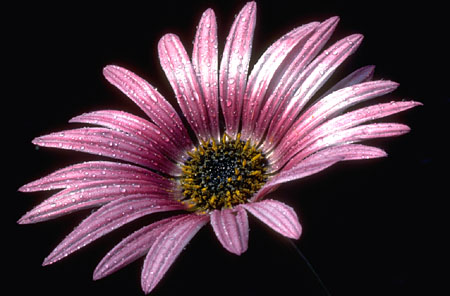
This web site provides information, models of student assignments, and research links for American Romanticism, a graduate Literature seminar at the University of Houston-Clear Lake.
Click on the tabs above to obtain specific information.
The rest of this homepage explains the concept of the course
and lists its texts and objectives, which also appear on the syllabus.
![]()
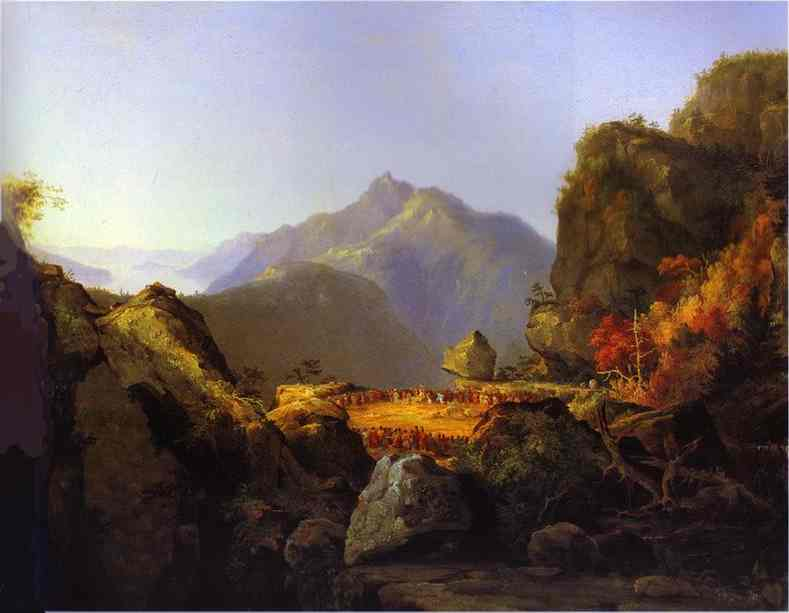
(Thomas Cole, Landscape Scene from the Last of the Mohicans. 1827.
Oil on canvas.
New York State Historical Association, Cooperstown, NY)
Romanticism & American Romanticism
"Romanticism" primarily describes a European cultural and literary movement of the late eighteenth and early nineteenth centuries.
But writers of diverse races in the American Colonies and the early United States anticipated this style's development and varied its leading features.
The nation was founded with a profoundly Romantic document—The Declaration of Independence—
and even today the popular culture of the United States
imagines itself in terms defined by Romantic fantasies and ideologies.
![]()
|
|
If "America" is a cluster of
attitudes involving |
![]()
|
If "Romanticism" involves |
|
![]()
|
Can anything "American" escape the enormous
category of "Romanticism?" |

(Scott & Zelda Fitzgerald, 1896-1940 & 1900-1948)
![]()
|
|
American Romanticism’s greatest names— |
|
![]()
|
|
"New-canon" authors like |
|
![]()
Yet American Romanticism will not only be celebrated
but criticized through literature by that most romanticized of peoples, the
American Indians, who sometimes exploit but as often resist images promoted by
Romanticism of "the noble savage" and "the vanishing Indian."
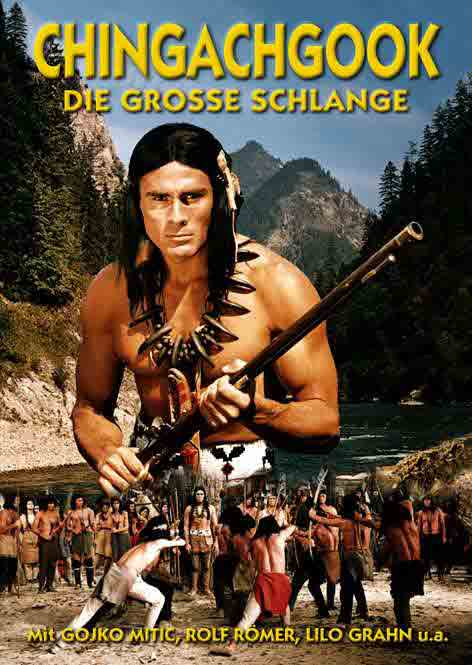
Chingachgook, "The Great Snake," originally
from
Cooper's Leatherstocking Tales (incl The Last of the Mohicans)
![]()
Readings are centered in "the American
Renaissance"
(or American Romantic Movement) before the Civil War,
but Americans are Romantic before the
Romantic era
(John Smith and
Pocahontas, Jonathan Edwards, Washington Irving)

Edward, 1703-58
and ever after . . .
(Fitzgerald, Wolfe, Dillard,
and
contemporary poets including
W. S. Merwin and Rita Dove).
|
|
|
Course
Texts
-
The Norton Anthology of American Literature
Shorter 7th Edition
-
The Last of the Mohicans (1826) by James Fenimore Cooper
For detailed
reading assignments, click on the "Syllabus & Other Handouts" tab
at the top or bottom or here.
Course Objectives
Objective 1: Literary Categories
of Romanticism
Objective
1a. Romantic Spirit or Ideology
· To identify and criticize ideas and attitudes associated with Romanticism, such as desire and loss, rebellion, nostalgia, idealism, the gothic, the sublime, the individual in nature or separate from the masses.
· The Romantic impulse is basically a desire for anything besides “the here and now” (or “reality”); thus the quest or journey of the romance narrative requires crossing borders or transgressing physical, social, or psychological boundaries
· A Romantic hero or heroine may appear empty or innocent of all but potential or desire or willingness to self-invent or transform.
Objective
1b. The Romantic Period
· To note the concentration of Romanticism in the late 18th and 19th centuries and the co-emergence of Romanticism with the rise of the middle class, the city, industrial capitalism, consumer culture, and the nation-state.
· To observe predictive elements in “pre-Romantic” writings from earlier periods such as “The Seventeenth Century” and the "Age of Reason."
· To speculate on residual elements in “post-Romantic” writings from later periods such as “Realism and Local Color,” "Modernism," and “Postmodernism.”
Objective
1c: Romantic Genres
To describe & evaluate standard literary genres of Romanticism:
·
the romance narrative or novel
(quest or journey toward transcendence)
·
the gothic novel or style
(haunted physical and mental spaces, the shadow of death, dark and light in
physical and moral terms; film noir)
· the lyric poem (a moment or impression of complete cognition and feeling; more prominent in European than American Romanticism)
· the essay (esp. for Transcendentalists, descended from the Puritan sermon?)
Objective 2: Cultural Issues:
America as Romanticism, and vice versa
· To identify the Romantic era in the United States of America as the “American Renaissance”—roughly the generation before the Civil War (c. 1830-1860, one generation after the Romantic era in Europe).
· To acknowledge the co-emergence and shared identity of "America" and "Romanticism." European Romanticism begins near the time of the American Revolution, and Romanticism and American culture develop individualism, sentimental nature, rebellion, equality, and desire-and-loss in parallel.
· America as a racially divided but complexly related people develops "Old and New Canons" of Romantic literature, from Emerson’s Transcendentalism and Fitzgerald’s Jazz Age to the Slave Narratives of Douglass and Jacobs, the Harlem Renaissance of Hughes, Hurston, and Cullen, and the American Indian as a conflicted Romantic icon in Cooper and Zitkala-Sa. (Mexican American Literature is not yet incorporated into this course.)
· Similarly, the USA's conflicted identity as an economically liberal but culturally conservative nation creates "Old and New Canons" in terms of gender, in which masculine traditions of freedom and the frontier contrast with feminine traditions of relations and domesticity. (Also consider “Classical” and “Popular” literature as gendered divisions.)
· American Romanticism exposes competing or complementary dimensions of the American identity: is America a cultural base for sensory and material gratification or moral, spiritual, or idealistic mission?
· Finally, the convergence of "America" and "Romanticism" enables us to investigate to what degree American popular culture and ideology—from Hollywood movies to the ideologies of human rights—represent a popular, vulgar, or diluted form of classical Romanticism.

